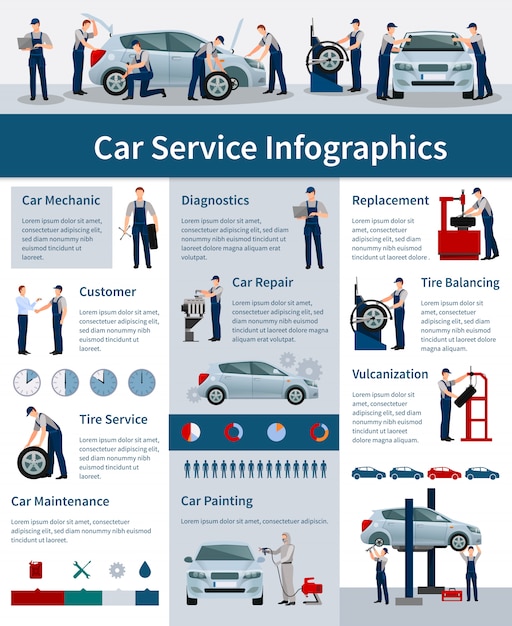Reveal The Significances Behind The Control Panel Caution Lights In Your Auto To Secure The Health And Wellness Of Your Vehicle
Reveal The Significances Behind The Control Panel Caution Lights In Your Auto To Secure The Health And Wellness Of Your Vehicle
Blog Article
Write-Up By-Justesen Gross
When you lag the wheel, those radiant caution lights on your control panel can be a bit puzzling. Do you understand what they're trying to tell you about your car's wellness? Comprehending the importance of these lights is vital for your safety and security and the durability of your automobile. So, the next time one of those lights pops up, wouldn't you want to analyze its message precisely and take the needed actions to address it?
Common Caution Lighting and Interpretations
Determine typical warning lights in your auto and understand their meanings to guarantee safe driving.
One of the most regular warning lights consist of the check engine light, which indicates concerns with the engine or exhausts system. If this light comes on, it's vital to have your lorry examined quickly.
The oil pressure cautioning light shows low oil pressure, requiring instant attention to avoid engine damage.
A blinking battery light might recommend a faulty charging system, possibly leaving you stranded otherwise resolved.
The tire stress surveillance system (TPMS) light informs you to low tire pressure, influencing automobile security and gas effectiveness. Overlooking this might cause hazardous driving problems.
The abdominal muscle light indicates a problem with the anti-lock braking system, jeopardizing your capability to quit quickly in emergencies.
Last but not least, the coolant temperature level warning light warns of engine overheating, which can result in serious damages if not dealt with swiftly.
Comprehending these usual caution lights will certainly help you deal with problems immediately and preserve safe driving conditions.
Importance of Prompt Interest
Understanding the typical warning lights in your automobile is just the initial step; the value of without delay dealing with these warnings can not be highlighted enough to guarantee your safety when traveling.
When a warning light illuminates on your control panel, it's your auto's method of communicating a potential problem that needs attention. Ignoring these cautions can cause extra extreme problems in the future, jeopardizing your safety and security and possibly costing you a lot more in repairs.
Prompt attention to advising lights can stop failures and mishaps. As an example, a flashing check engine light might indicate a misfire that, if left neglected, might trigger damage to the catalytic converter. Resolving this immediately can save you from a costly repair service.
Likewise, a brake system warning light could signify low brake liquid or worn brake pads, critical parts for your safety and security when driving.
DIY Troubleshooting Tips
If you discover a caution light on your dashboard, there are a few DIY troubleshooting suggestions you can try prior to seeking professional aid.
The initial step is to consult your automobile's guidebook to recognize what the particular warning light suggests. Occasionally the problem can be as straightforward as a loose gas cap activating the check engine light. Tightening the gas cap might solve the problem.
One more common problem is a reduced battery, which can trigger numerous warning lights. Examining straight from the source for corrosion and ensuring they're safe and secure may take care of the problem.
If a warning light lingers, you can try resetting it by disconnecting the cars and truck's battery for a few mins and after that reconnecting it. Additionally, examining your automobile's liquid degrees, such as oil, coolant, and brake fluid, can help repair warning lights associated with these systems.
Read Significantly more , understanding your cars and truck's warning lights is crucial for maintaining your vehicle running efficiently and securely. By without delay resolving these alerts and knowing what they imply, you can avoid expensive repairs and potential malfunctions.
Remember to consult your vehicle's manual for certain details on each advising light and take action as necessary to make certain a hassle-free driving experience.
Stay informed, remain secure on the road!
